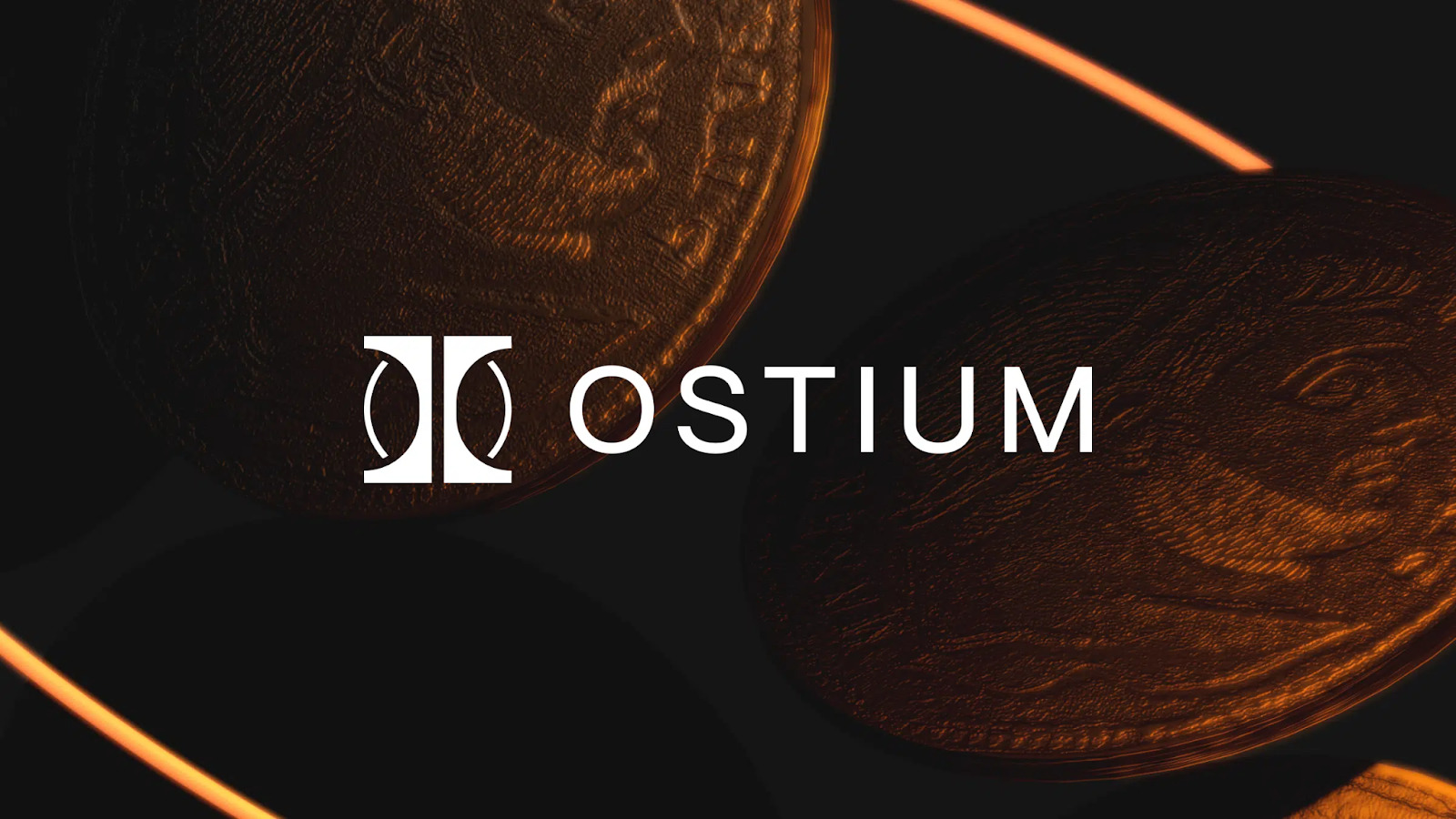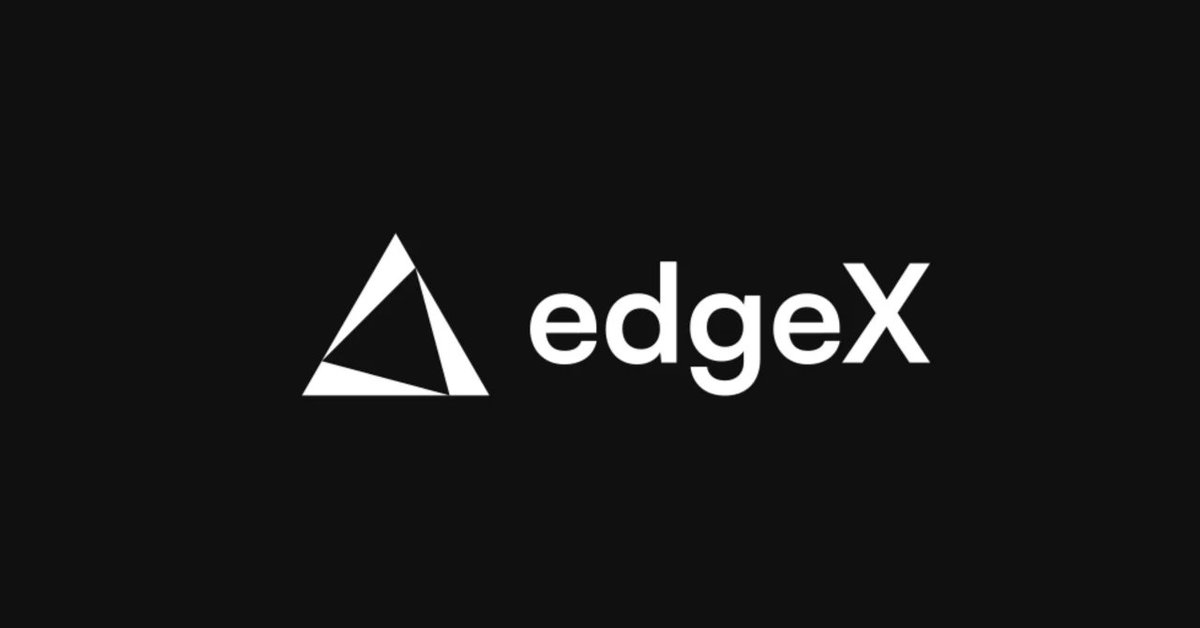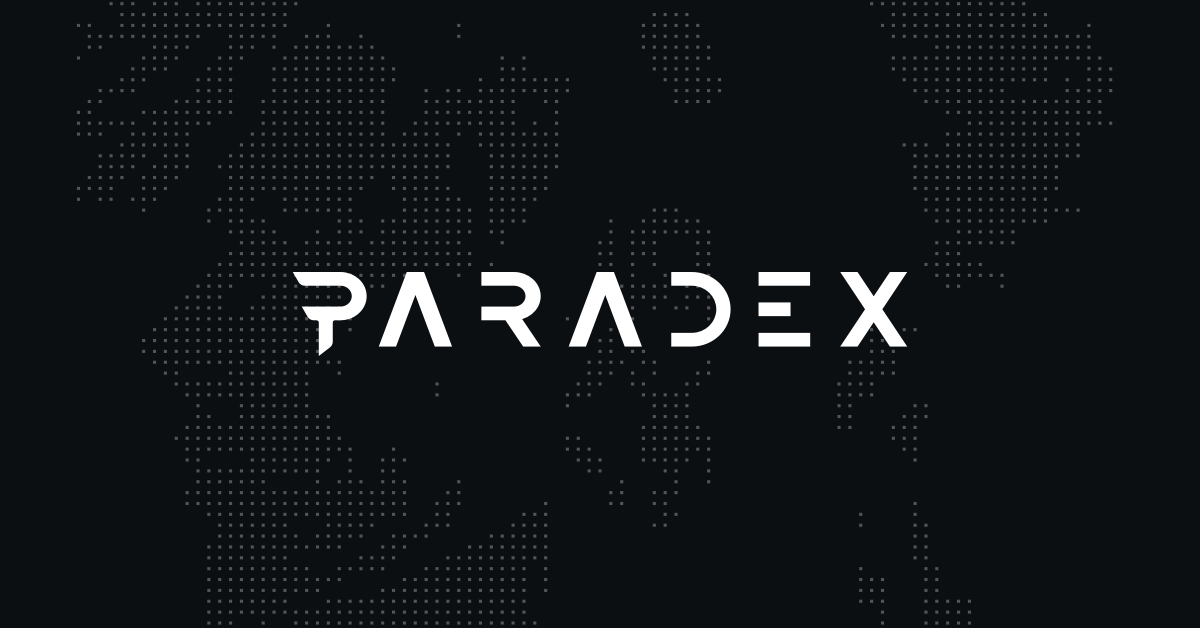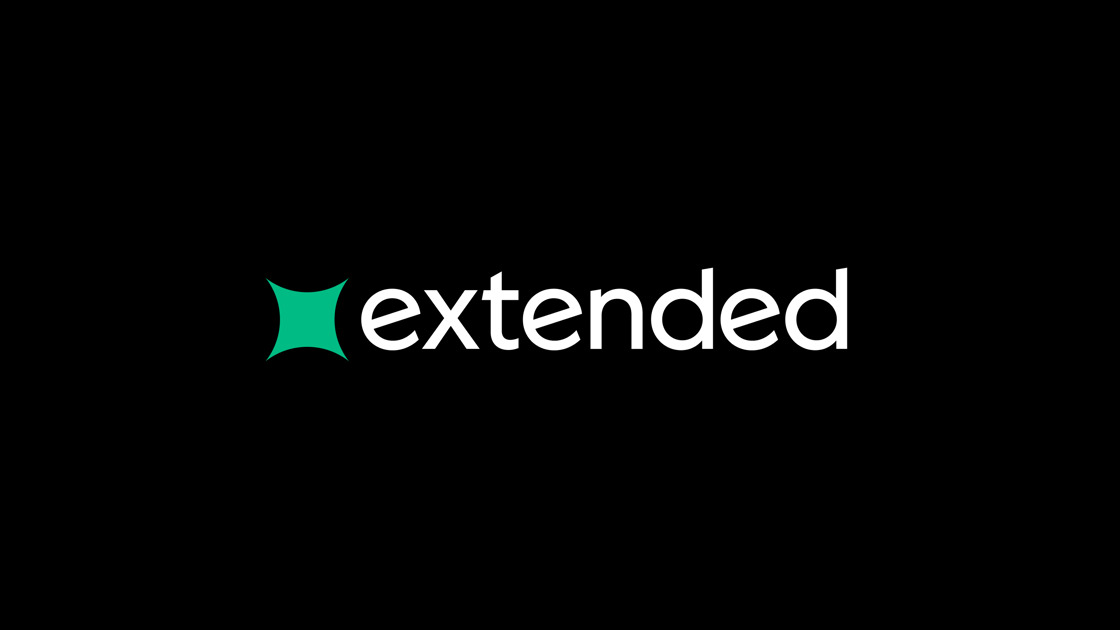The decentralized exchange (DEX) landscape for perpetual futures (Perp DEX) is experiencing unprecedented growth and innovation. While recent success stories like Aster have captured market attention, with its token surging 400% following its listing and endorsement from Binance founder Changpeng Zhao—the real opportunity may lie in projects that have demonstrated substantial revenue but have not yet launched their native tokens . The Perp DEX sector recorded a staggering $898 billion in trading volume in Q2 2025, now accounting for over 40% of all crypto derivatives trading activity, signaling a fundamental shift in market structure.
This article explores the burgeoning segment of high-revenue Perp DEX protocols that have not yet conducted their Token Generation Events (TGEs). These platforms have moved beyond conceptual promise to demonstrate revenue generation, with some projects achieving millions in protocol revenue solely from trading fees.
Why Perp DEXs Matter Now More Than Ever
The explosive growth of Perp DEXs is not accidental but stems from addressing critical market needs. These platforms offer non-custodial trading, eliminating counterparty risk that became painfully evident with the FTX collapse. Additionally, they provide permissionless access to leveraged trading globally, circumventing the geographic restrictions and KYC requirements of centralized platforms.
The technological evolution of blockchain infrastructure has been a key enabler. Modern Perp DEXs leverage zero-knowledge proof rollups and modular architectures to achieve transaction speeds and latency that begin to challenge their centralized counterparts. For instance, some platforms now process up to 200,000 orders per second with matching latency below 10 milliseconds—performance metrics that were unimaginable for decentralized exchanges just years ago.
Market data reveals the dramatic ascent of this sector. The ratio of DEX to CEX trading volume has surged from less than 15% two years ago to over 40% today, indicating a massive migration of trading activity to decentralized venues. This trend is particularly pronounced in perpetual futures trading, where Perp DEXs have become the dominant force within the broader DeFi ecosystem.
Table: Key Growth Metrics for the Perp DEX Sector (Q2 2025)
| Metric |
Figure |
Significance |
| Quarterly Trading Volume |
$898 billion |
Historical record for the sector |
| CEX Volume Decline (YoY) |
-28% |
Demonstrates shifting user preferences |
| DEX/CEX Volume Ratio |
>40% |
Major shift from <15% two years ago |
| Leading Protocol Revenue (30-day) |
$20.46 million (edgeX) |
Demonstrates sustainable business model |
edgeX
edgeX has emerged as a dominant force in the Perp DEX landscape, achieving a record-breaking $49.47 million in cumulative revenue by September 2025. This remarkable figure places it as the second-highest revenue generator in the perpetual DEX sector, trailing only the established leader Hyperliquid. The platform's growth trajectory is particularly impressive, with $20.46 million in revenuegenerated in just the past 30 days—a 147% increase compared to its Q2 quarterly revenue of $8.29 million. This performance puts edgeX on track for annualized revenue of $250 million while capturing an estimated 15-20% market share in the fiercely competitive perpetual DEX arena.
The platform has prioritized mobile-first user experience through its v2.9 mobile application, which integrates Privy MPC wallet technology to eliminate the need for complex seed phrases. This focus on accessibility extends to features like one-click deposits for USDC/Arbitrum, real-time push notifications for limit order execution, and one-click position reversal. By combining CEX-level usability with DeFi security, edgeX has gained significant traction in mobile-preferred Asian markets.
With community expectations building for a Q4 2025 TGE that could yield returns between $370-870 per point based on 20-35% token distribution assumptions, edgeX represents a compelling case of proven revenue generation combined with strong growth prospects.
Paradex
Paradex has carved out a distinctive position in the Perp DEX landscape through its
aggressive zero-fee model and sophisticated institutional-grade infrastructure. Incubated by Paradigm (a crypto institutional liquidity platform unrelated to the venture firm of the same name), Paradex has generated
$9.74 million in cumulative revenue, with $1.28 million recorded in the past 30 days alone. The platform supports substantial trading activity, handling $9.32 billion in 30-day volume and accumulating $83.6 billion in total trading volume, with Total Value Locked (TVL) reaching $92.74 million.
A key differentiator for Paradex is its
comprehensive product offering, which supports perpetual contracts, perpetual futures, perpetual options, and spot trading—all unified within a single account. This versatile approach allows any asset to be used as collateral while supporting isolated, cross, and portfolio margin modes. Since September 10, 2025, the platform has implemented an aggressive fee structure that offers UI traders 0% maker fees and 0% taker fees on all perpetual markets (except BTC and ETH). API traders benefit from 0% maker fees with a minimal 0.02% taker fee, a strategy that has effectively boosted trading activity.
The platform also introduces innovative
treasury management features that allow users to receive LP tokens representing shares that can be composable with major DeFi protocols like Pendle, Morpho, and Aave. These treasuries support both active trading and passive yields from Vault Trading Funds (VTFs), with some LP tokens eventually usable directly as collateral for additional on-chain strategies.
Extended
Extended represents a rising force in the Perp DEX arena, achieving remarkable financial performance in just over a year of operation. Based on its cumulative trading volume of $20.635 billion and standard fee structure, Extended's cumulative revenue is estimated between
$6-10 million, with 30-day revenue approximating $1.5-2.5 million. Although the platform hasn't yet enabled revenue tracking on major data aggregators like DefiLlama, these conservative estimates align with industry benchmarks given its 0.025% taker fee and 0% maker fee structure (with high-volume users eligible for rebates up to 0.02%).
The platform's most notable innovation is its
"front-end EVM, back-end Starknet" seamless integration design. This architecture allows users to trade directly using MetaMask and other EVM wallets without installing Starknet wallets or performing complex cross-chain bridging operations. Deposits and withdrawals can occur across six major EVM chains—Arbitrum, Ethereum, Base, BSC, Avalanche, and Polygon—while all trading settlement occurs on Starknet. This design not only aggregates approximately 80% of DeFi liquidity from the EVM ecosystem but also provides users with a virtually frictionless cross-chain trading experience.
Extended's
successful Starknet migration in August 2025 stands as one of the most effective technical upgrades in DeFi history. The month-long process occurred in three phases without requiring manual fund withdrawals from users. During the first phase, both systems operated in parallel, but points accumulated only on Starknet, effectively incentivizing early migration. The second phase transitioned StarkEx to reduce-only mode, while the third phase completely shut down StarkEx and force-liquidated all remaining positions.
Ostium

Ostium Labs is a decentralized protocol focused on trading synthetic perpetual contracts for real-world assets (RWAs). Founded in 2022 by Kaledora Kiernan-Linn and Marco Antonio Ribeiro, the platform, built on the Arbitrum blockchain, provides users with high-leverage on-chain trading services for traditional assets such as stocks, commodities, forex, and indices, supporting up to 200x leverage.
The protocol utilizes a dual oracle architecture: for real-world assets, Ostium uses a pull-based oracle, with node operation and data aggregation handled by Stork Network; for crypto assets, Chainlink Data Streams is used. The ingenuity of this design lies in the fact that oracle metadata (such as bid-ask spreads and market trading time stamps) is only written to the chain when a transaction needs to be settled, reducing gas costs while maintaining sub-second latency responses.
In terms of revenue performance, Ostium Labs has accumulated $4.48 million in revenue, with $722,500 in revenue over the past 30 days, and a TVL of $52.9 million. The platform has effectively driven user growth through a 24-week points program, demonstrating strong growth potential in the RWA perpetual trading segment.
Ostium has not yet issued a native token, and the team has not confirmed a specific token release plan. The current incentive mechanism relies primarily on a weekly points program (with a minimum of 500,000 points per week) rewarding trading, liquidity provision, and referral activities. Users generally view this as a potential prelude to token airdrops.
Satori Finance

Founded in 2021, Satori Finance has carved out a niche in the competitive DeFi derivatives market through its unique hybrid architecture. The platform utilizes a "off-chain order aggregation + on-chain settlement" technology solution, maintaining decentralization while achieving centralized exchange-level execution efficiency. The platform supports up to 25x leverage and has been successfully deployed on over 14 blockchain networks, including Ethereum, zkSync Era, Arbitrum, Base, BNB Chain, Scroll, and Polygon zkEVM.
The core of Satori Finance's technological innovation lies in its hybrid order book design. The platform's off-chain order aggregation and matching mechanism offers execution speeds approaching those of centralized exchanges, while ensuring transparency and decentralization through on-chain settlement. This design, in close collaboration with an external market maker network, creates a central limit order book system with deep liquidity. Satori Finance demonstrates a significant competitive advantage in its fee structure, with maker and taker fees in its V2 version as low as 0.02% and 0.04%, respectively.
The latest on-chain data shows Satori Finance's trading volume is showing steady growth. The platform's 24-hour perpetual swap volume reached $211 million, 7-day volume reached $1.402 billion, and 30-day volume reached $5.75 billion, bringing its cumulative historical trading volume to over $97.123 billion. In terms of total value locked (TVL), the platform's total TVL reached $2.23 million, with the zkSync Era chain accounting for the largest share, $1.31 million.
The platform’s revenue growth trajectory is even more impressive, starting with $10,400 in fee revenue in the third quarter of 2023, reaching $1.15 million in the second quarter of 2025, and currently totaling $2.76 million.
Conclusion
The emergence of revenue-generating Perp DEXs that have not yet conducted token generation events represents a significant opportunity within the DeFi landscape. Projects like edgeX, Paradex, and Extended have demonstrated
substantial protocol revenues while developing innovative technologies that address real market needs. Their growth reflects broader structural shifts in crypto trading, with decentralized infrastructure rapidly gaining market share from centralized counterparts.
For investors and users alike, these platforms offer exposure to the convergence of several powerful trends, including the institutionalization of DeFi, the integration of real-world assets, and advancements in blockchain scalability. The pre-TGE phase provides an opportunity to participate before token distributions, potentially capturing value from both platform usage and future airdrops.
References:
CoinCatch Team
Disclaimer:
Digital asset prices carry high market risk and price volatility. You should carefully consider your investment experience, financial situation, investment objectives, and risk tolerance. CoinCatch is not responsible for any losses that may occur. This article should not be considered financial advice.






